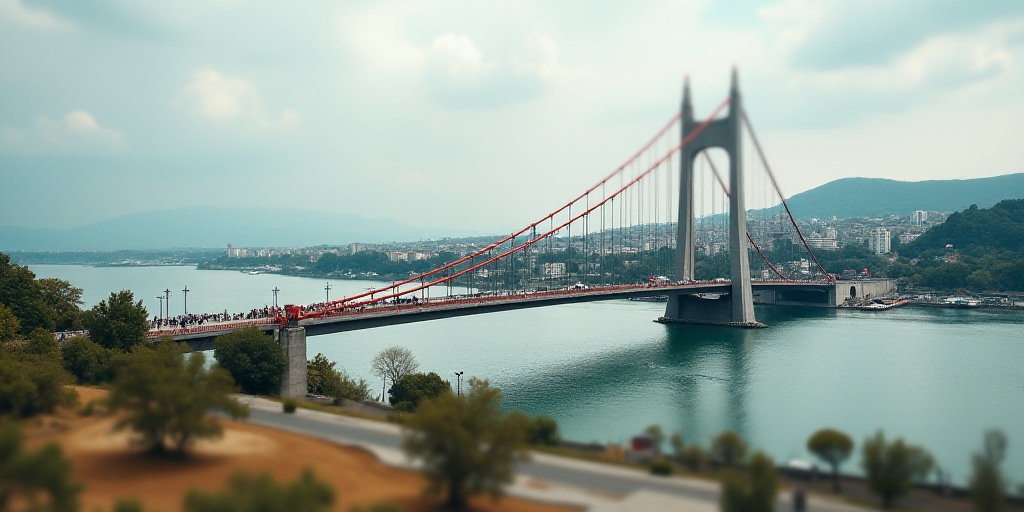Background and Relevance
The Government of Mexico, through the Secretaría de Infraestructura, Comunicaciones y Transportes (SICT), is executing the most significant environmental remediation program in its history. This initiative is part of the construction process for the Nichupté Vehicle Bridge in Cancún, Quintana Roo. The project aims to recover 306 hectares of mangrove, ensuring the sustainability of this 11.2-kilometer road infrastructure project.
Manifestation of Environmental Impact and Key Actions
The project has been granted a Manifestation of Environmental Impact (MIA) by the Secretaría de Medio Ambiente y Recursos Naturales (Semarnat), outlining 10 conservation programs under the “zero loss” principle for mangrove coverage. The construction spans only 4 hectares, showcasing the SICT’s technical and environmentally responsible approach.
- Supervision and environmental management
- Integrated vegetation management
- Integrated fauna management
- Integrated waste management
- Environmental monitoring (subprograms for avifauna and crocodiles)
- Pilot program for marine grass recovery
- Environmental rehabilitation and improvement in mangrove zones
- Social management program
- External environmental surveillance program
- Security and environmental contingency management in mangrove areas
Notable Achievements
One of the most representative examples is the canalization in the northern zone, which covers approximately 75 hectares of mangrove. Before intervening in the area, an extensive study was conducted to identify its ecological needs. The result was the opening of channels to allow water entry, facilitating the cleaning and subsequent natural recovery of the ecosystem.
Innovative techniques have been implemented to restore marine grasses, successfully recovering 108 hectares—59 in the northern zone and 49 in the central zone—that were previously fragmented.
Biodiversity and Fauna Management
Environmental monitoring has identified 249 avifauna species in the Nichupté Lagoon, with 32 species listed under protection according to NOM-059-SEMARNAT-2010. Additionally, 954 wildlife individuals from 42 species and 822 marine biota specimens from 30 species have been relocated.
Specifically, for crocodiles, 1,627 sightings have been recorded, estimating a population of 74 individuals.
Hydrodynamic Study and Mangrove Rehabilitation
A hydrodynamic study of the Nichupté Lagoon system was conducted to identify strategic zones for restoring hydrological flow through channel openings, thus favoring the rehabilitation of degraded mangroves.






